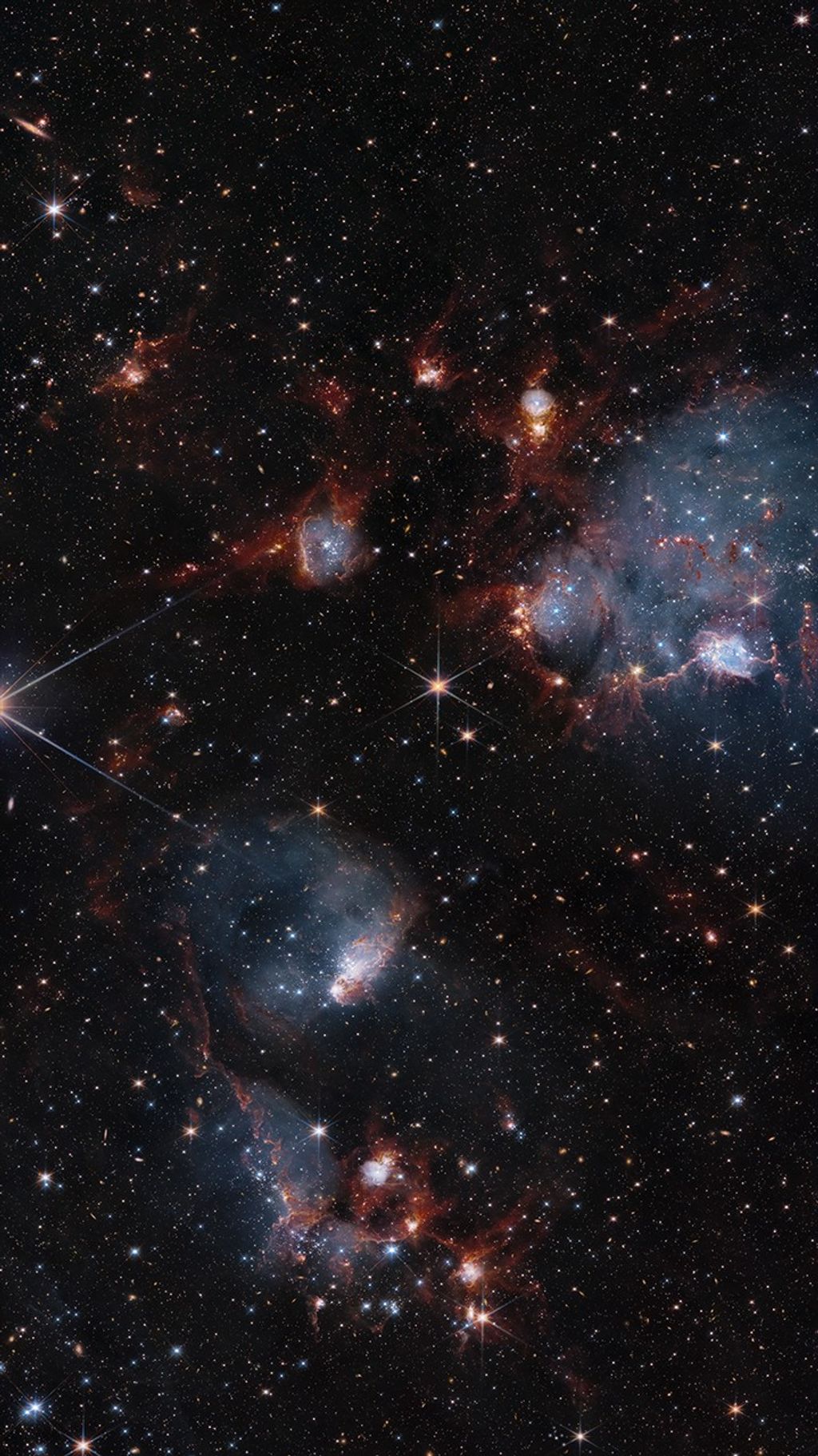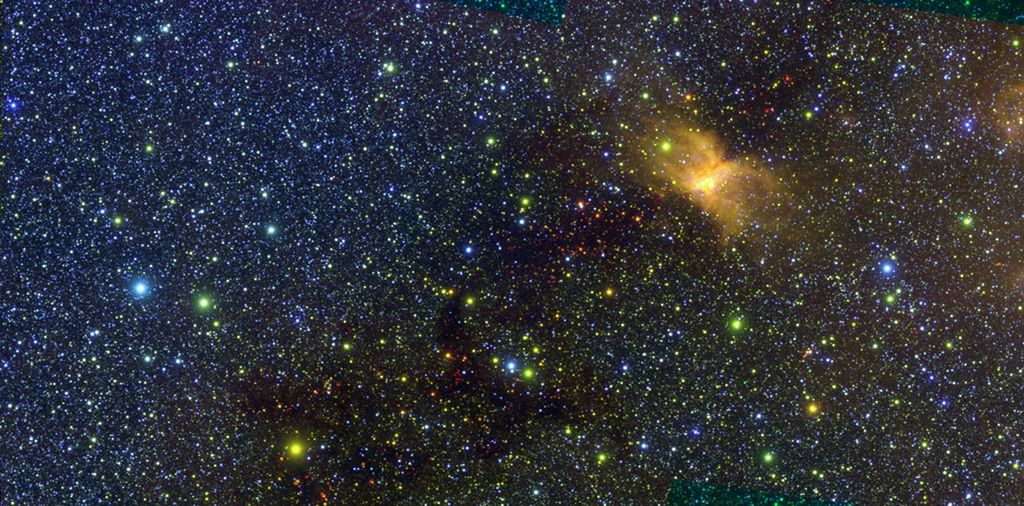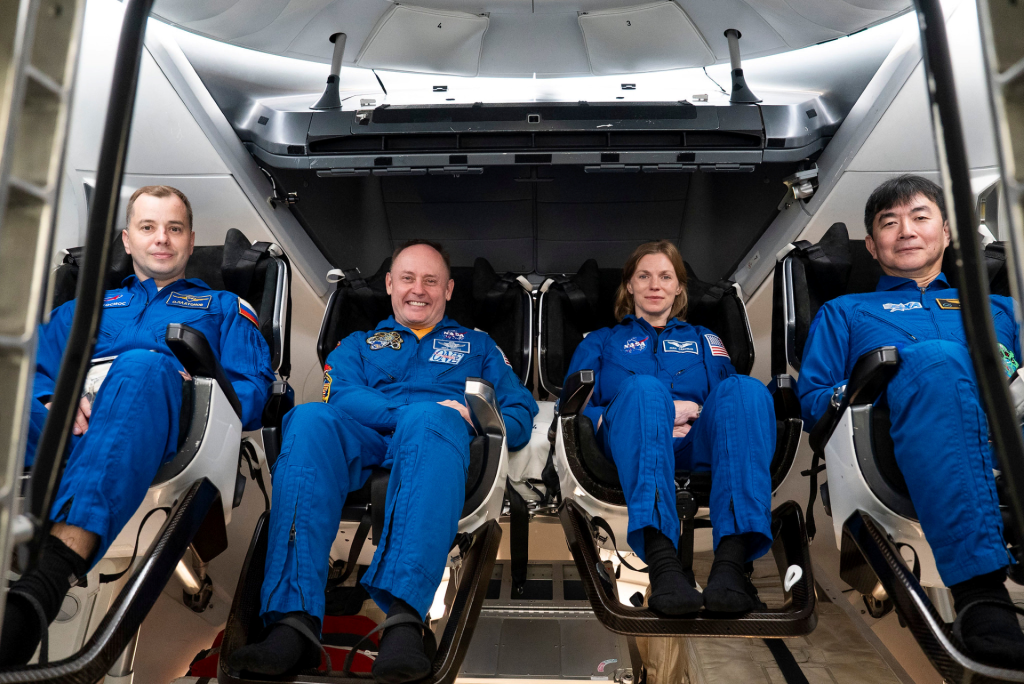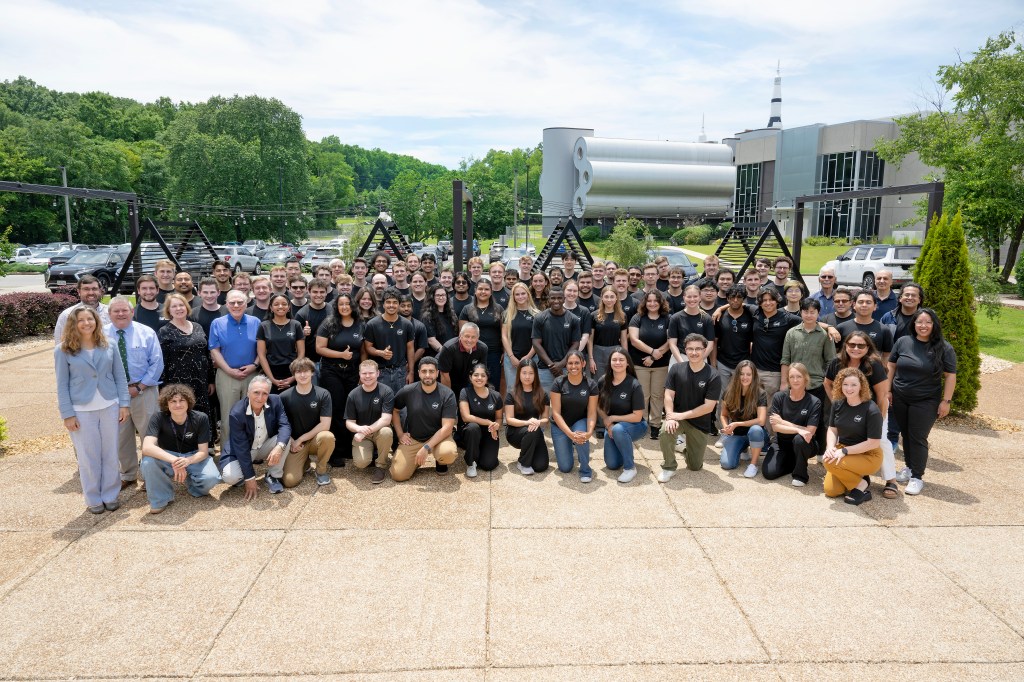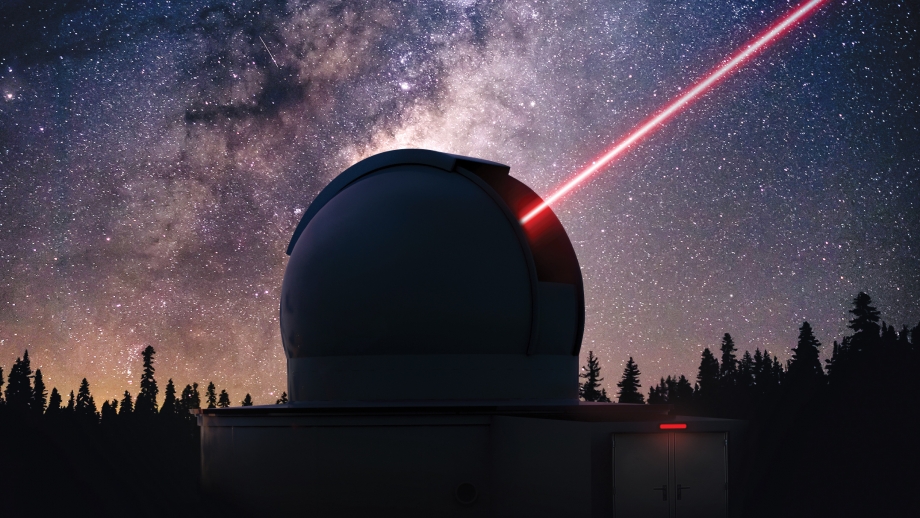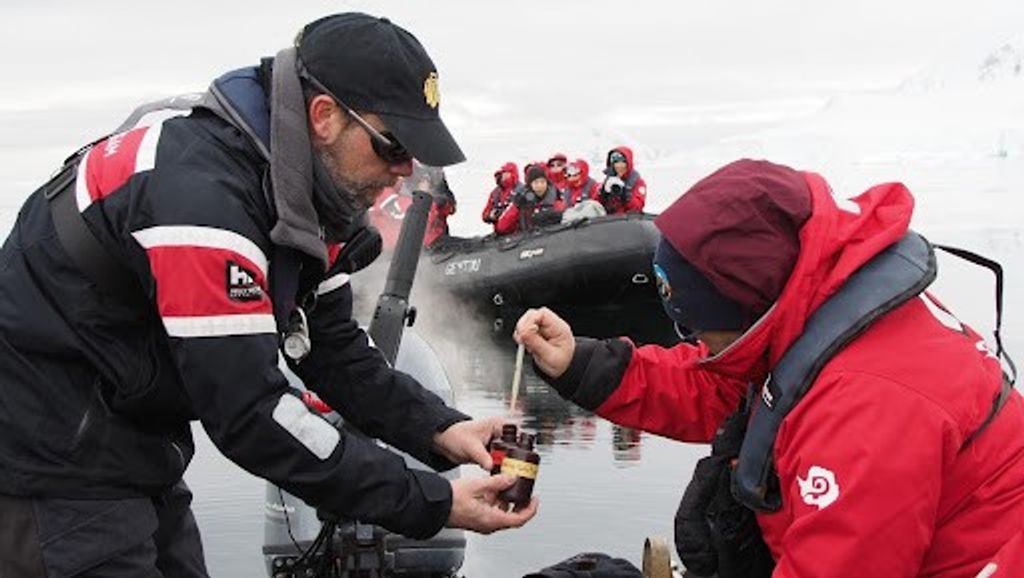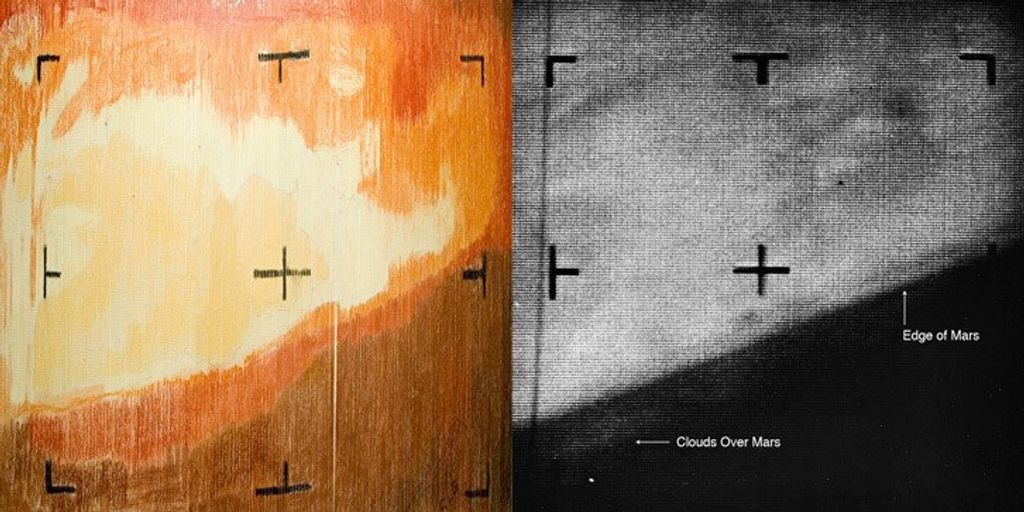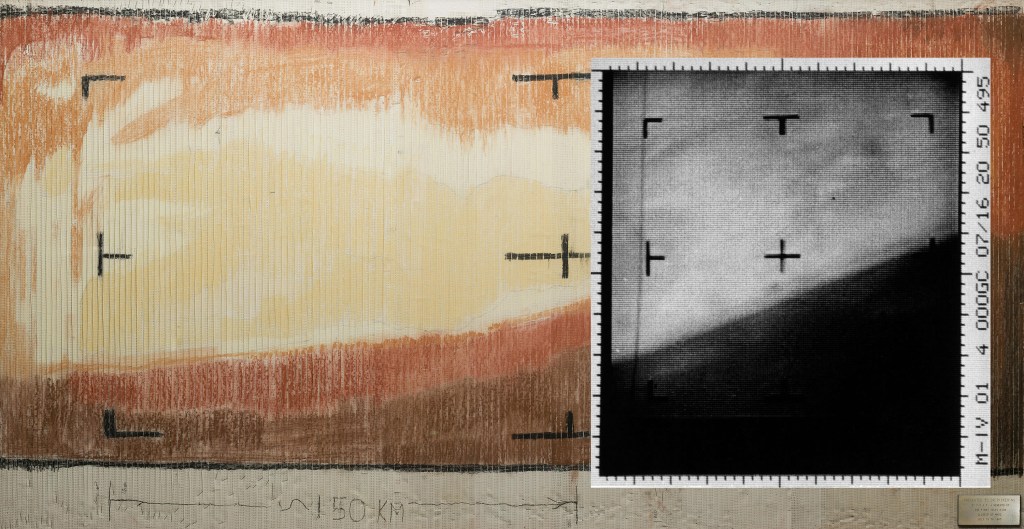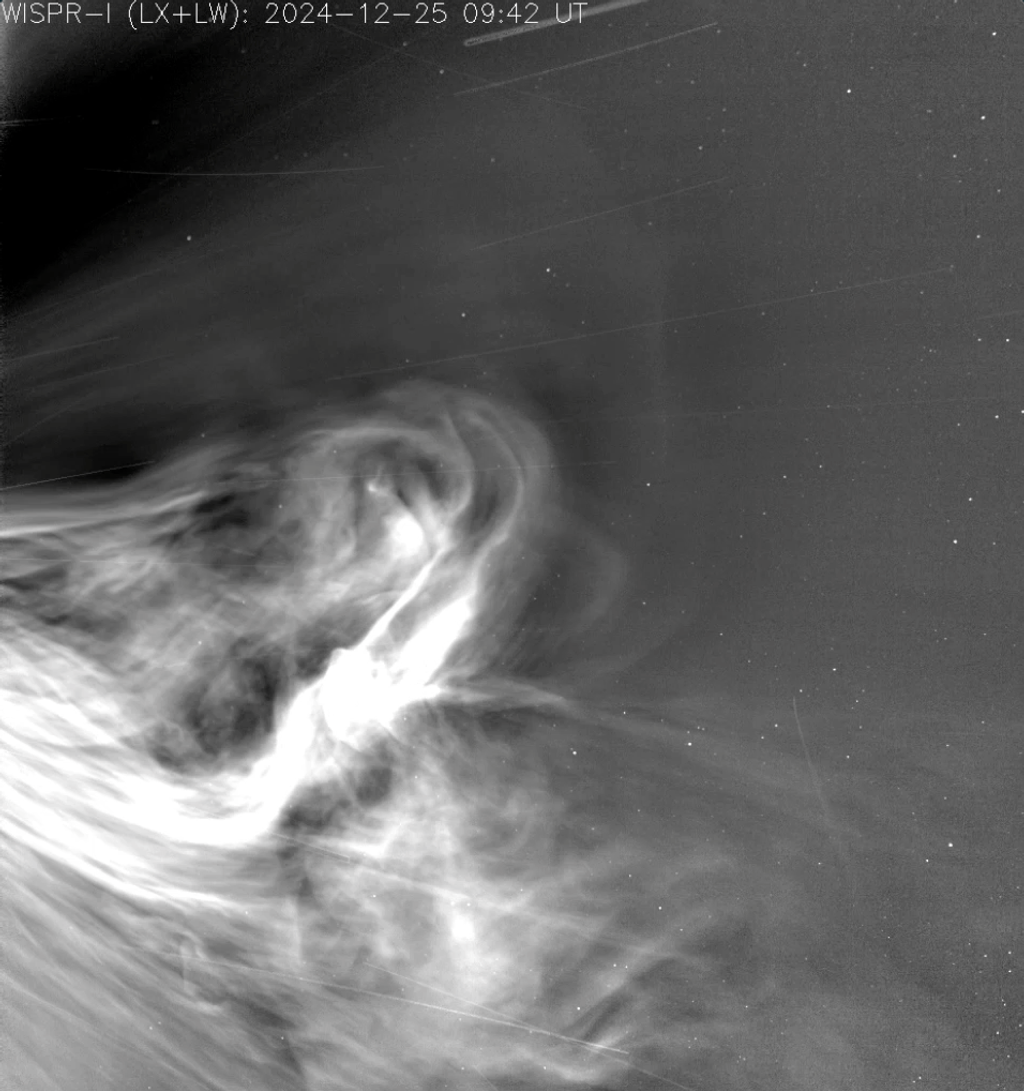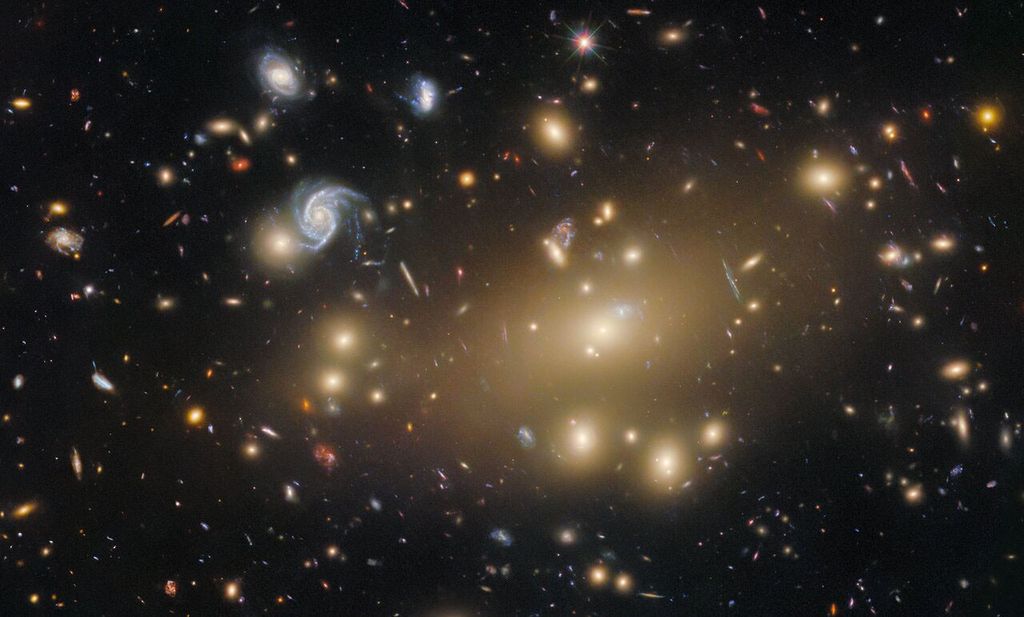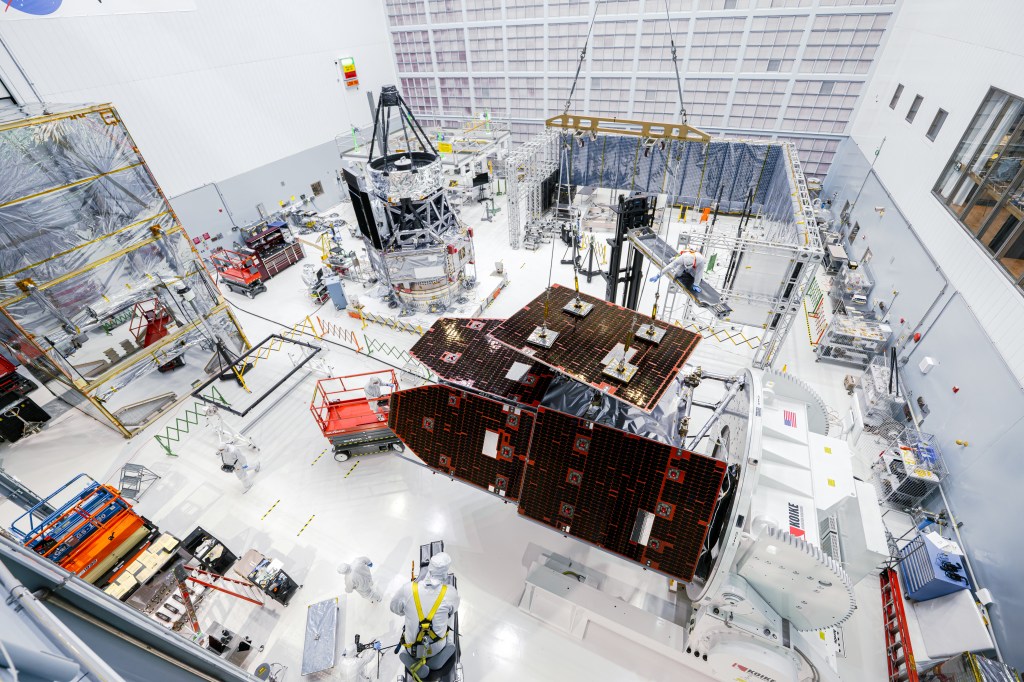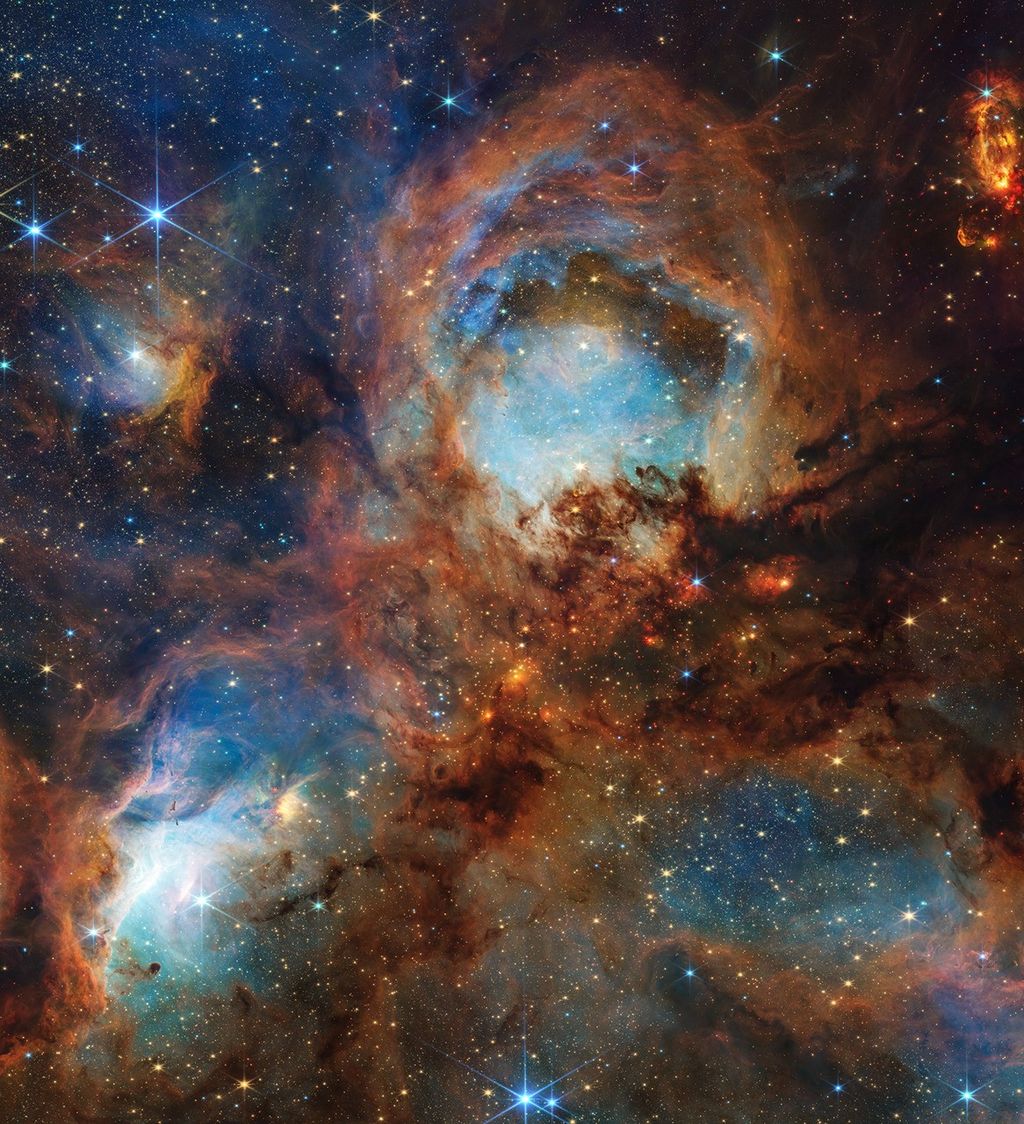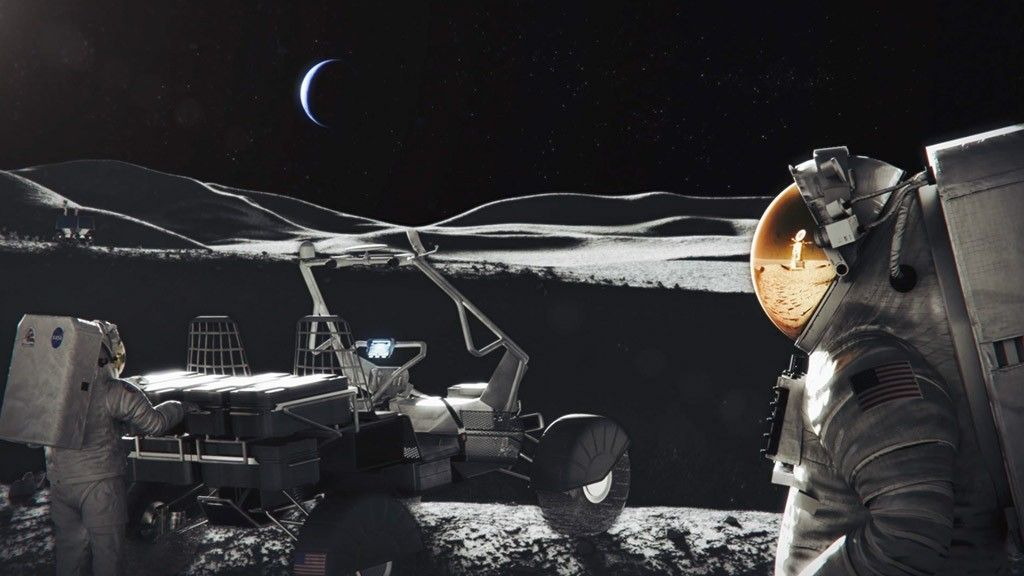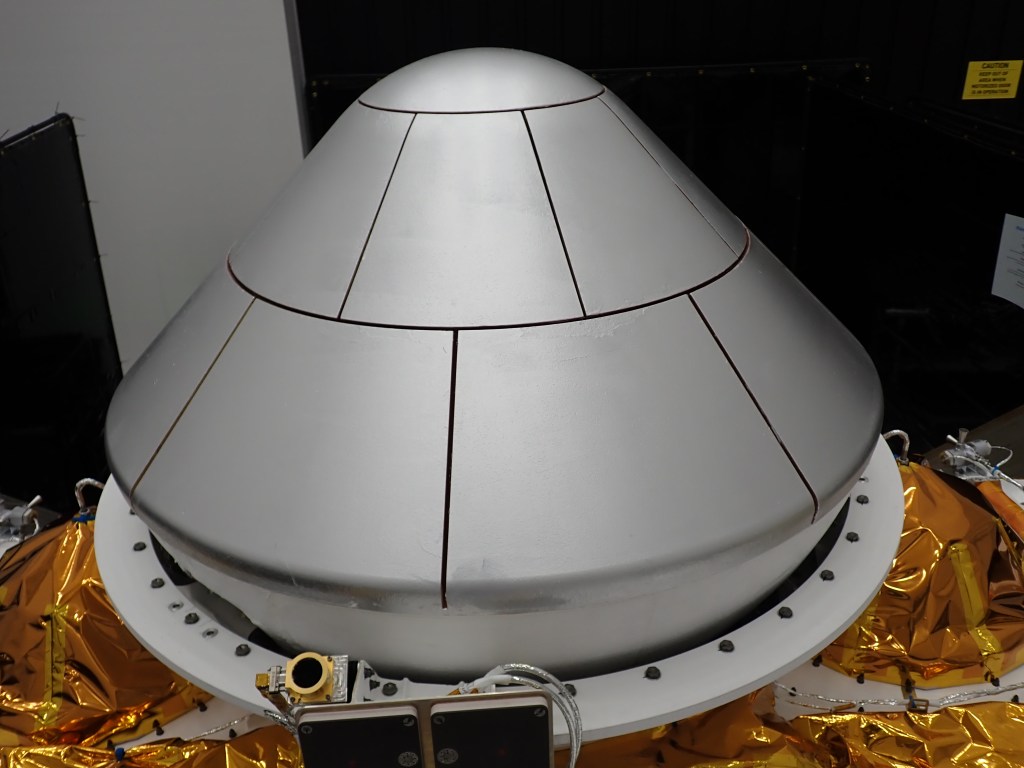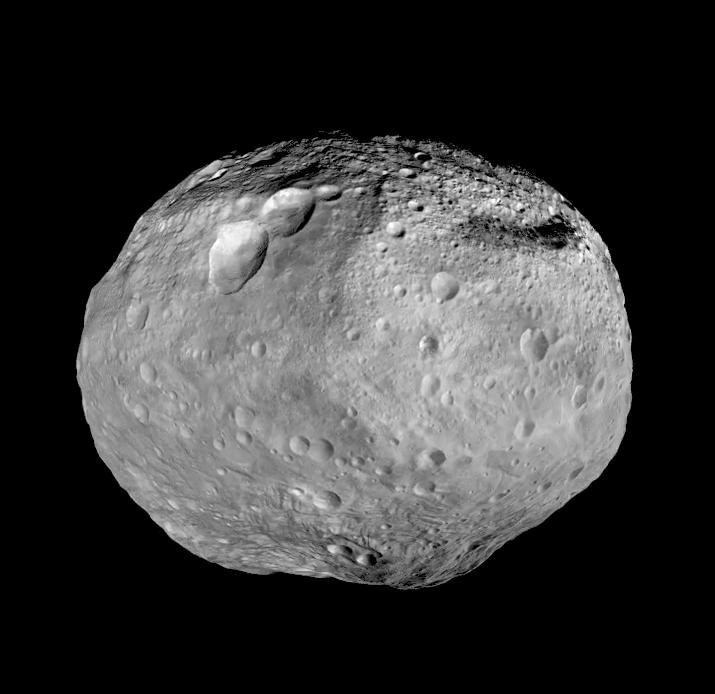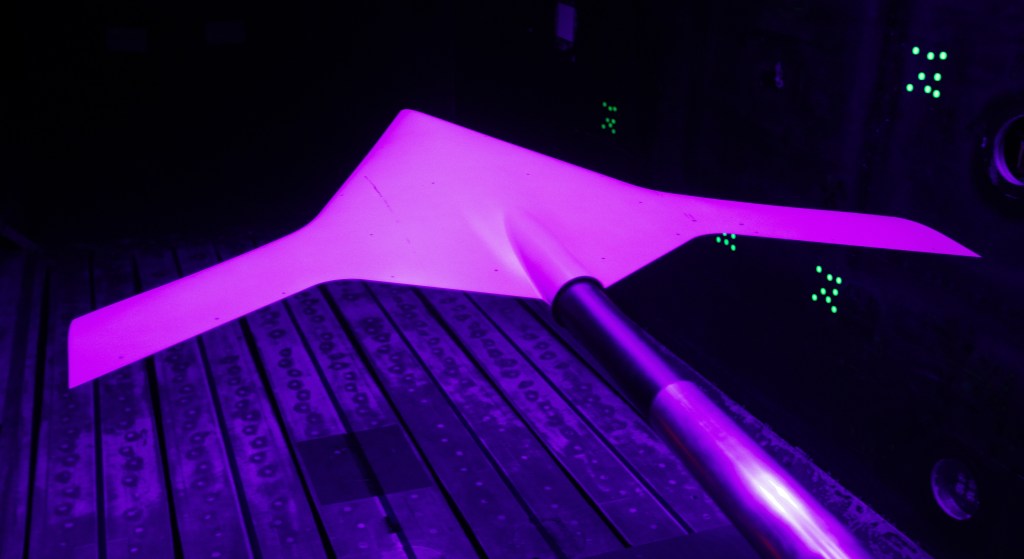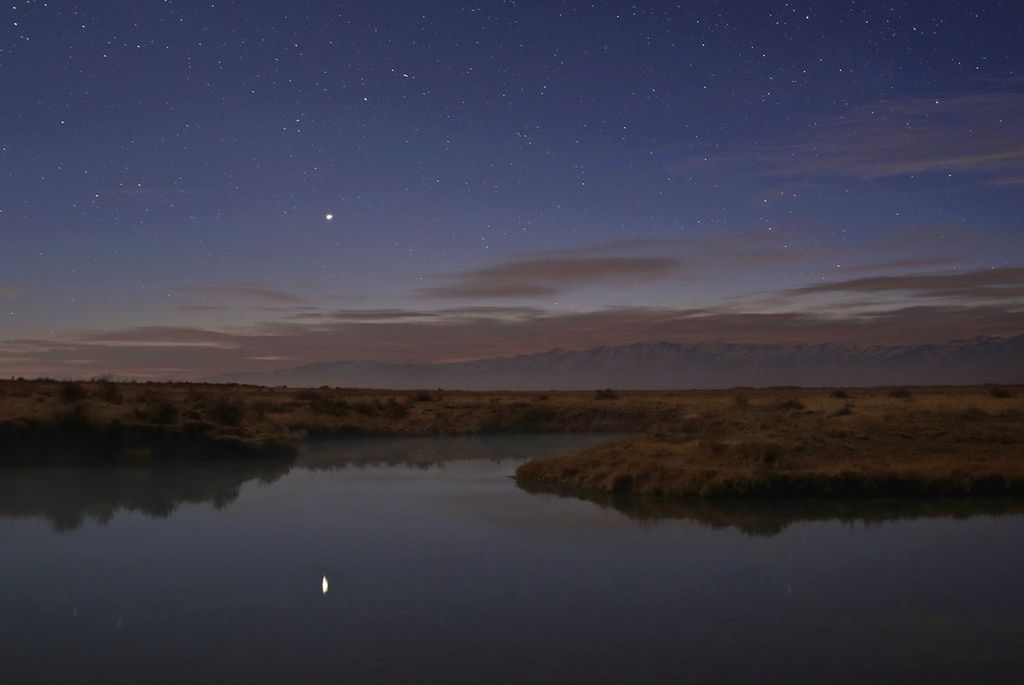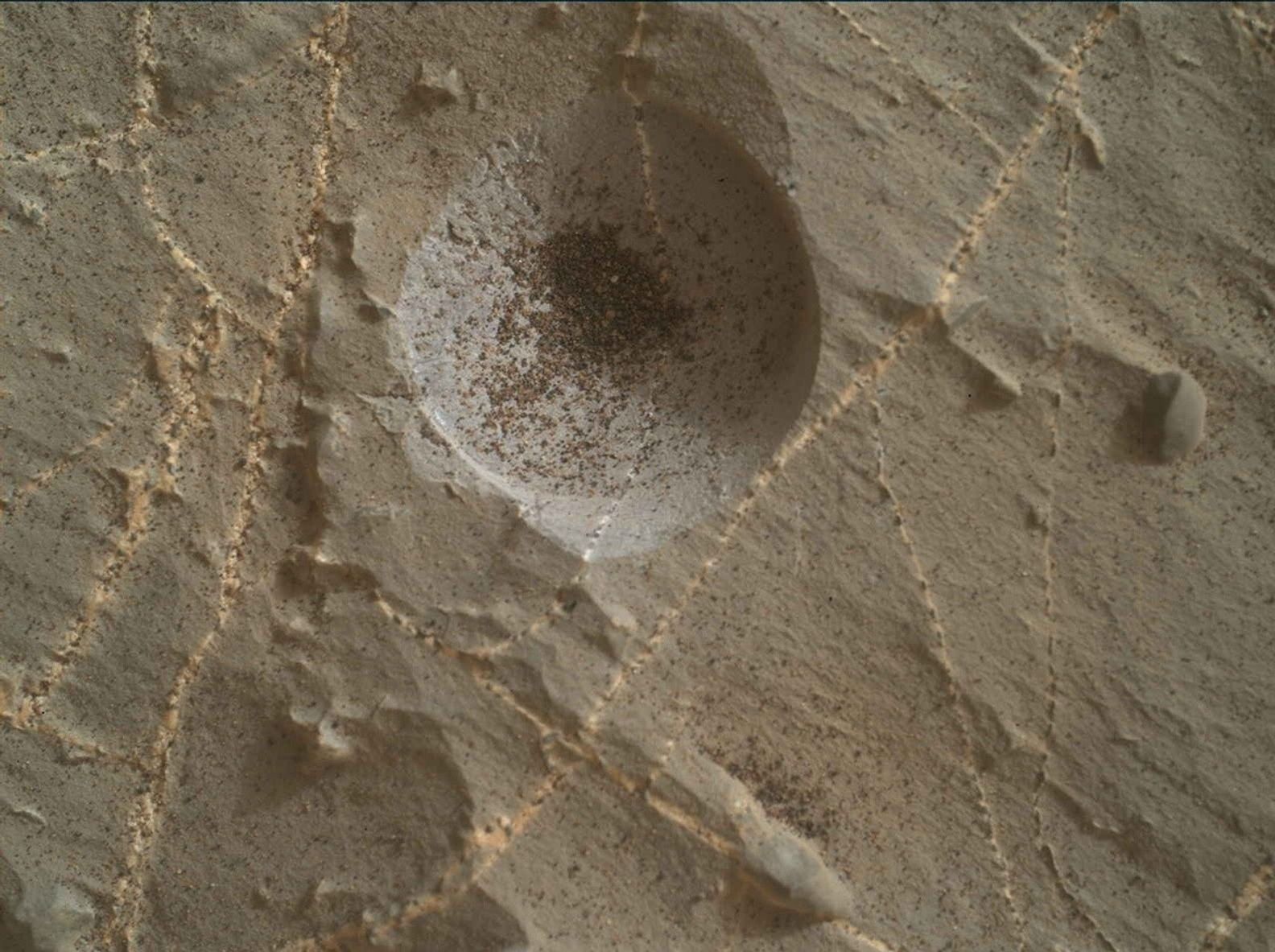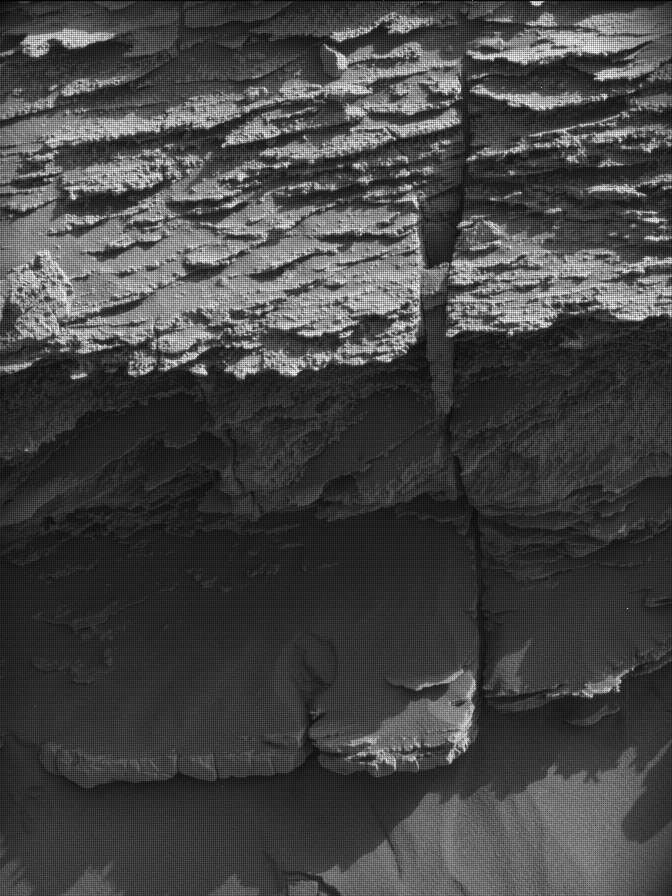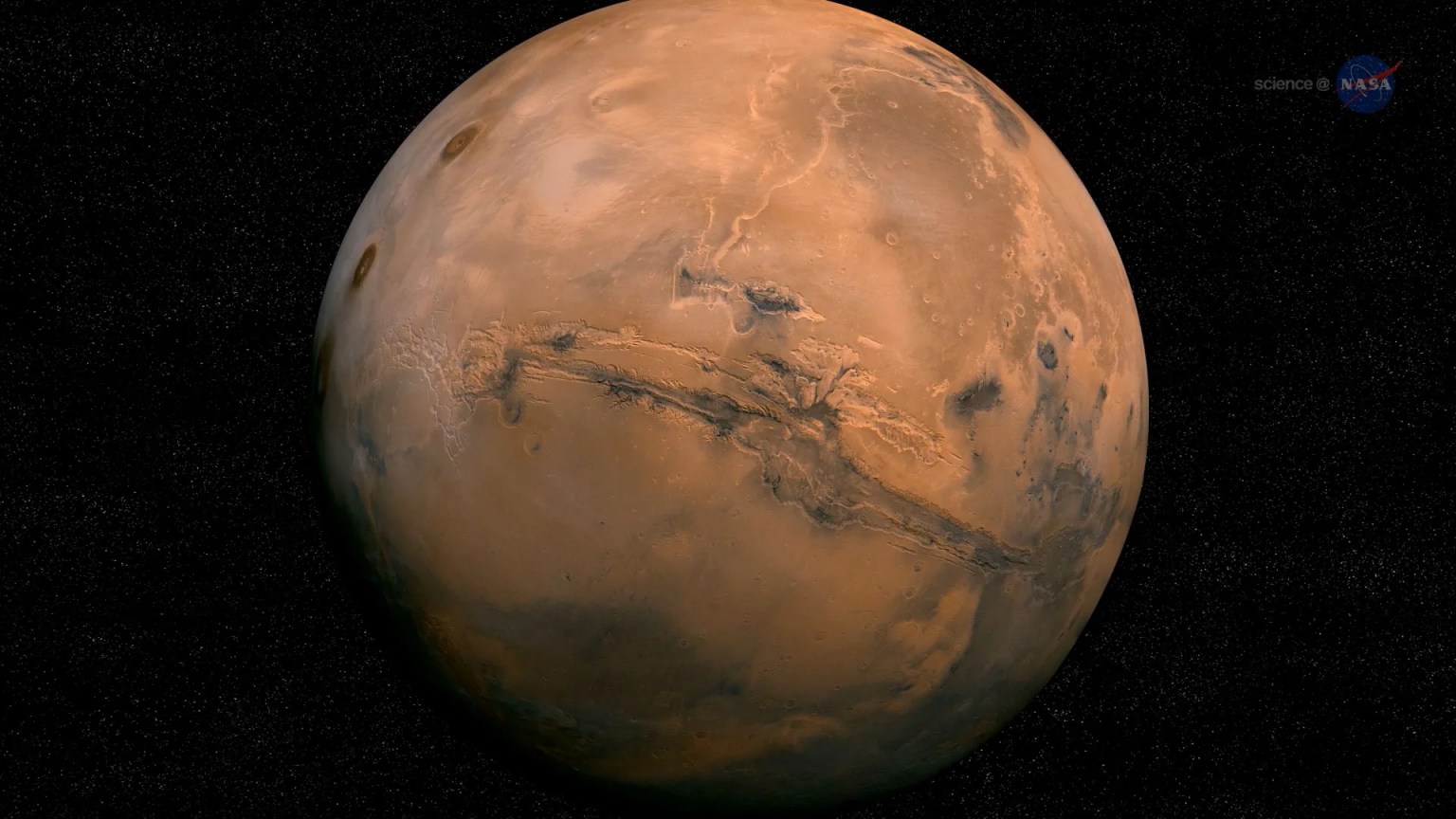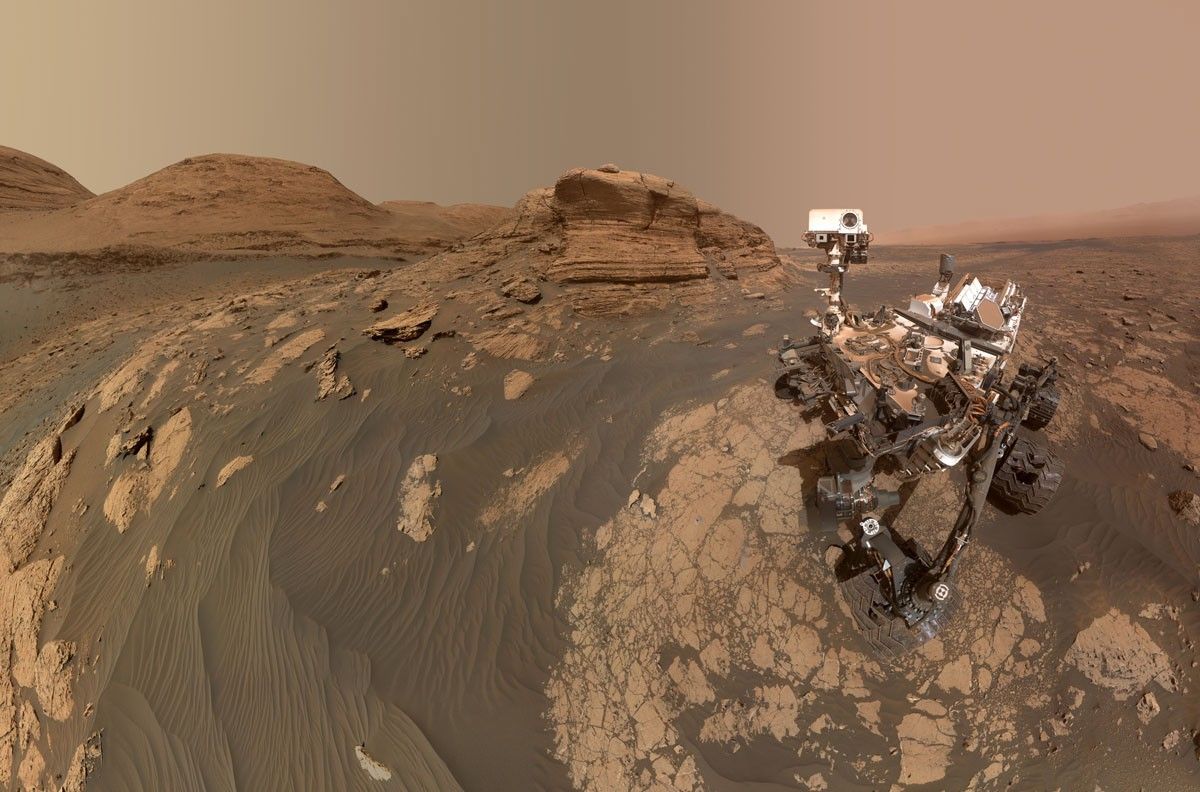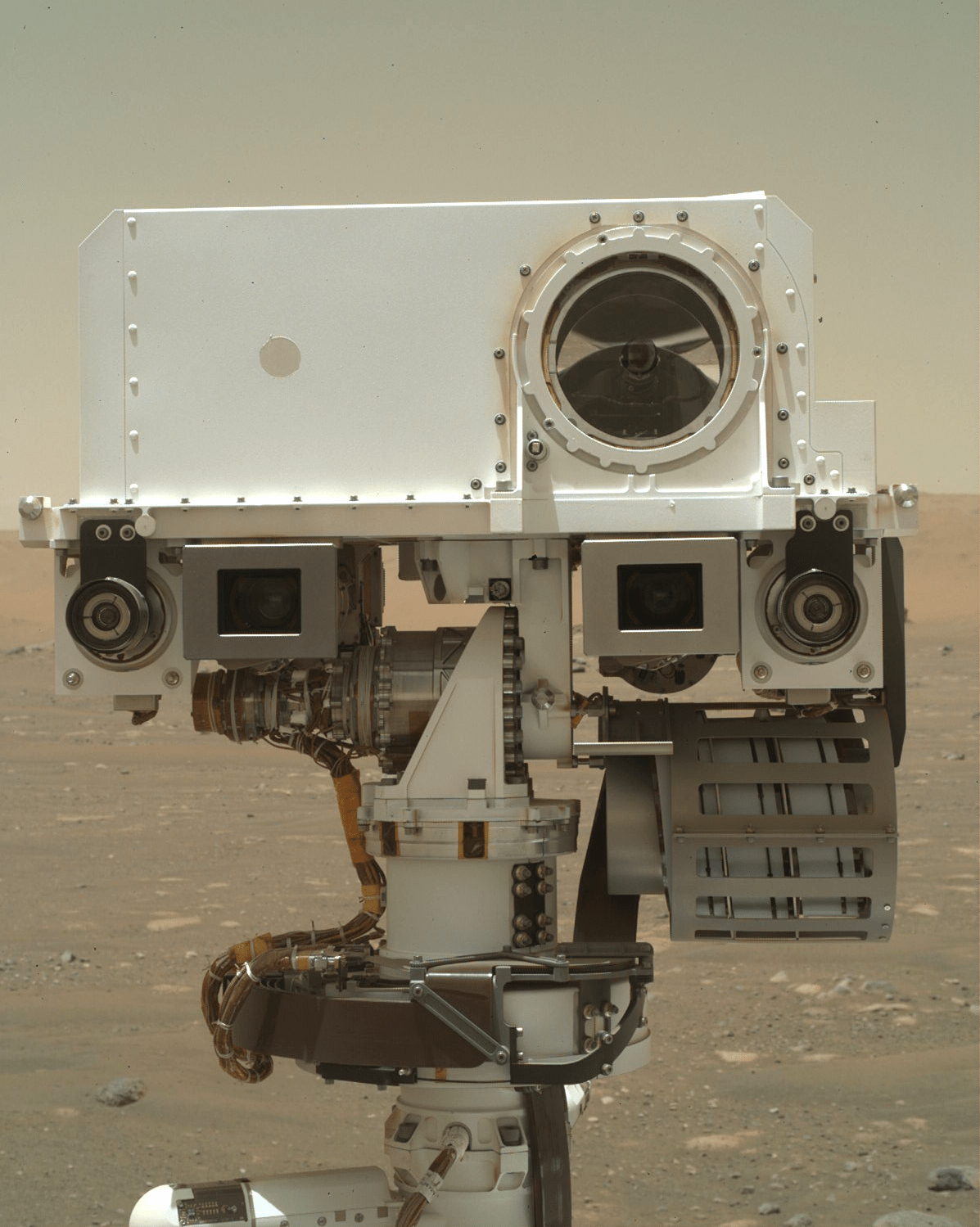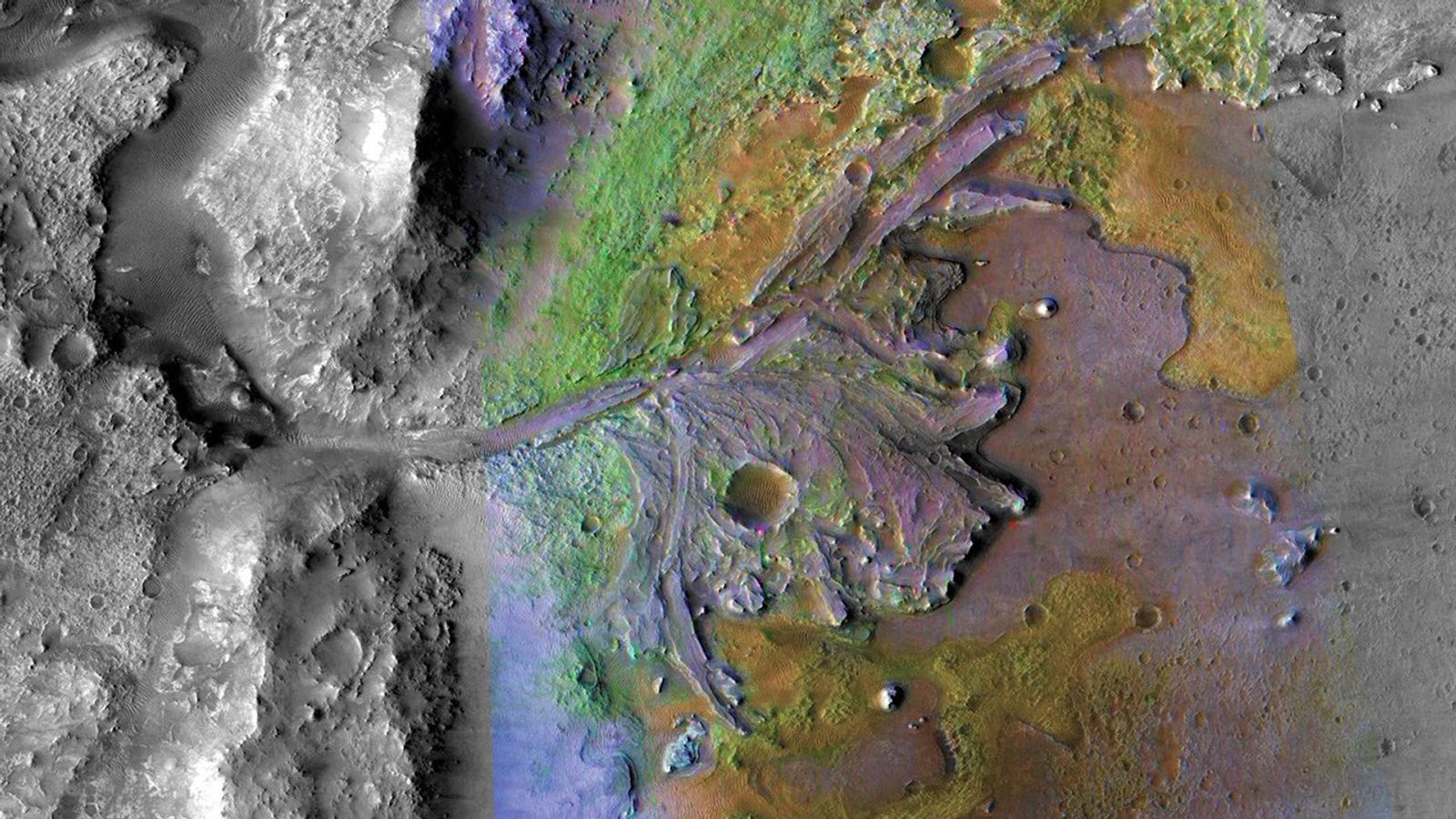Yesterday Curiosity drove for the first time since sol 2166! Our intrepid explorer is truly back at it after a few weeks off due to the anomaly. The short drive (also called a bump) placed us in a workspace a few meters away from our previous location where we had attempted to drill (see image above that shows a MAHLI observation of the shallow drill hole).
In this weekend's three-sol plan there will be several diagnostic activities that will help us to understand the anomaly. In addition to the diagnostics, the weekend plan includes ChemCam and Mastcam observations of "Dryden" and "Kirkness," which are bedrock targets, and of "Housay," which is a vein within the bedrock. Also included is a Mastcam observation of "Eynhallow" to document laminations within the bedrock, a MARDI image, and a Navcam dust devil survey.
There are ChemCam RMI Zenith Sky Flats scheduled on the first sol. In this activity ChemCam will take images looking up at the sky. This activity needs to happen near sunset because ChemCam should not look directly at the sun. These sky flats help us determine whether there is any dust contamination on ChemCam's optical window, which is important right now because Mars just experienced a global dust event.
On the second sol, APXS and MAHLI will be used to investigate two targets: "Calgary" and "Findon." Calgary is typical gray bedrock, and this target will be brushed with the DRT prior to the MAHLI and APXS measurements.
On the third sol Curiosity will drive towards Lake Orcadie, and next week we plan to start our drill campaign in the gray colored rocks at that location!
Written by Kristen Bennett, Planetary Geologist at USGS Astrogeology Science Center

